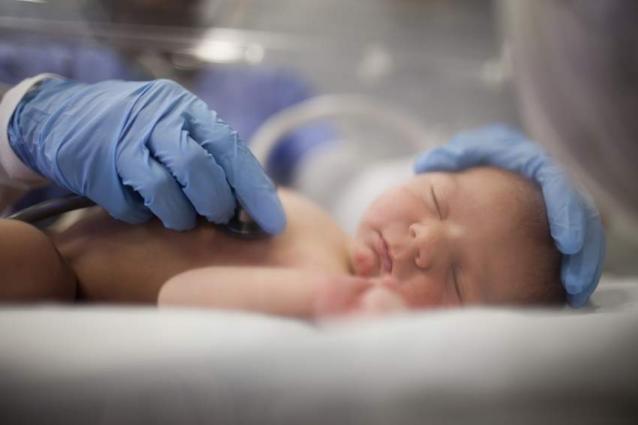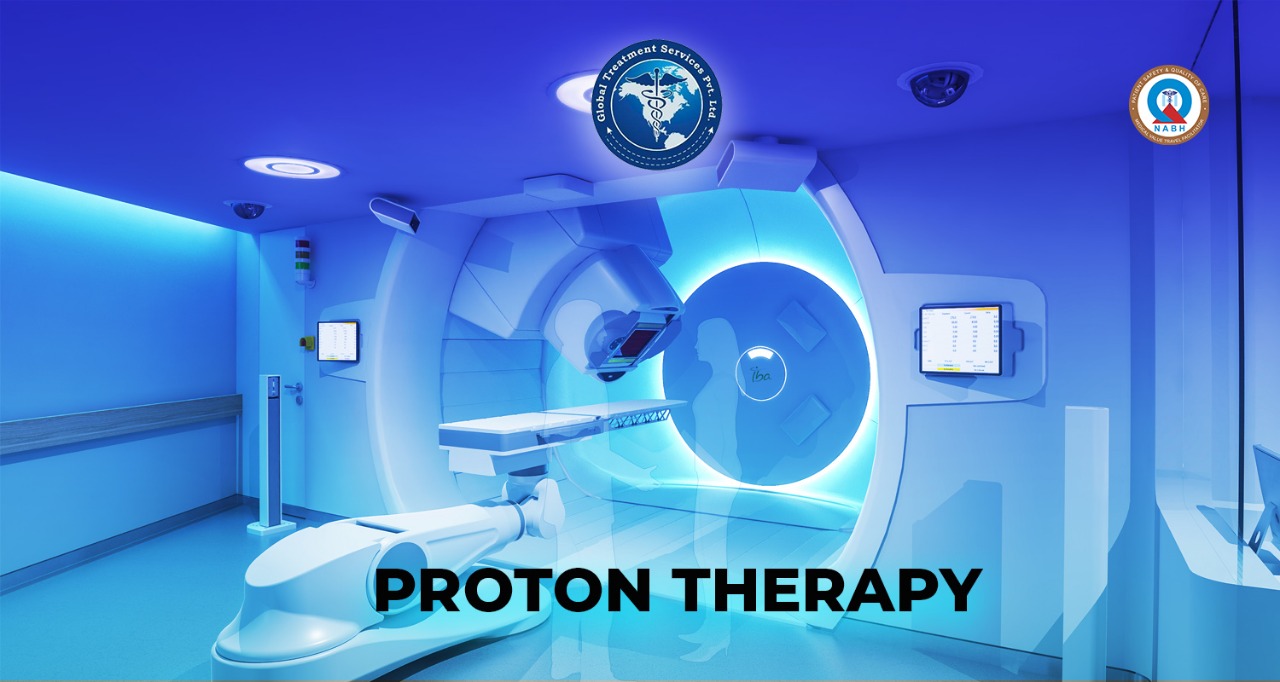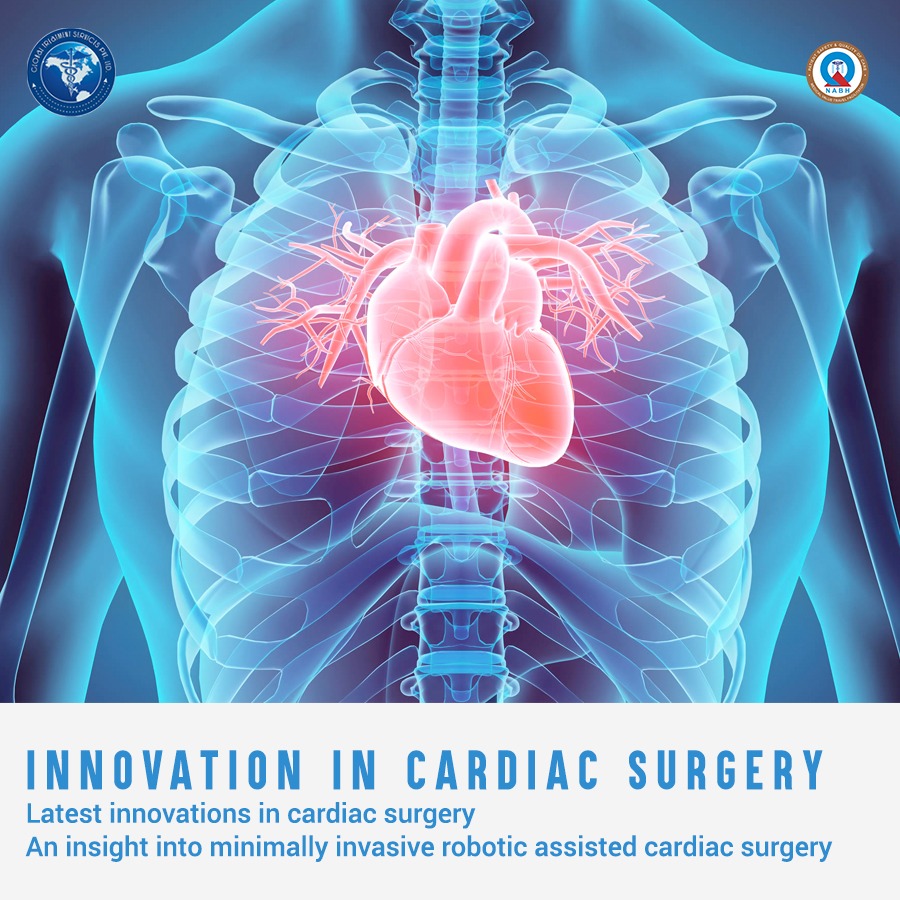
Congenital heart defects (CHDs) are the most common type of birth defects. As medical care and treatment have advanced, babies with a CHD are living longer and healthier lives.
congenital heart disease (congenital heart defect) is one or more abnormalities in your heart’s structure that you’re born with. This most common of birth defects can alter the way blood flows through your heart. Defects range from simple, which might cause no problems, to complex, which can cause life-threatening complications.
Advances in diagnosis and treatment mean most babies who once died of congenital heart disease survive well into adulthood. However, signs and symptoms of the condition can occur in adults later in life, even those who had treatment as a child.Learn more facts about CHDs below.
Types
Listed below are different types of CHDs. The types marked with a star (*) are considered critical CHDs & needs immediate medical attentionAtrial Septal Defect
- Atrioventricular Septal Defect
- Coarctation of the Aorta*
- Double-outlet Right Ventricle*
- d-Transposition of the Great Arteries*
- Ebstein Anomaly*
- Hypoplastic Left Heart Syndrome*
- Interrupted Aortic Arch*
- Pulmonary Atresia*
- Single Ventricle*
- Tetralogy of Fallot*
- Total Anomalous Pulmonary Venous Return*
- Tricuspid Atresia*
- Truncus Arteriosus*
- Ventricular Septal Defect (VSD)
Cyanotic and Acyanotic Congenital Heart Disease
Many doctors classify congenital heart disease as either cyanotic congenital heart disease or acyanotic congenital heart disease. In both types, the heart isn’t pumping blood as efficiently as it should. The main difference is that cyanotic congenital heart disease causes low levels of oxygen in the blood, and acyanotic congenital heart disease doesn’t. Babies with reduced oxygen levels may experience breathlessness and a bluish tint to their skin. Babies who have enough oxygen in their blood don’t display these symptoms, but they may still develop complications later in life, such as high blood pressure.
Causes
The defect typically interferes with the normal flow of blood through the heart, which may affect breathing. Although researchers aren’t exactly sure why the heart fails to develop correctly, suspected causes include the following:
The heart defect may run in families.
Taking certain prescription drugs during pregnancy puts a child at a higher risk for a heart defect.
Using alcohol or illegal drugs during pregnancy can increase a child’s risk of having a heart defect.
Mothers who had a viral infection during the first trimester of pregnancy are more likely to give birth to a child with a heart defect.
Increased blood sugar levels, such as occurs with diabetes, may affect childhood development.
Signs and Symptoms
Signs and symptoms for CHDs depend on the type and severity of the particular defect. Some defects might have few or no signs or symptoms. Others might cause a baby to have the following symptoms:
- shortness of breath
- Problems with exercise
- Blue-tinted nails or lips
- Fast or troubled breathing
- Tiredness when feeding
- Sleepiness
Diagnosis
Some CHDs may be diagnosed during pregnancy using a special type of ultrasound called a fetal echocardiogram, which creates ultrasound pictures of the heart of the developing baby. However, some CHDs are not detected until after birth or later in life, during childhood or adulthood. If a healthcare provider suspects a CHD may be present, the baby can get several tests (such as an echocardiogram) to confirm the diagnosis.
Treatment
The treatment for a congenital heart defect depends on the type and severity of the defect. Some babies have mild heart defects that heal on their own with time. Others may have severe defects that require extensive treatment. In these cases, treatment may include the following:
Medications
There are various medications that can help the heart work more efficiently. Some can also be used to prevent blood clots from forming or to control an irregular heartbeat.
Implantable Heart Devices
Some of the complications associated with congenital heart defects can be prevented with the use of certain devices, including pacemakers and implantable cardioverter defibrillators (ICDs). A pacemaker can help regulate an abnormal heart rate, and an ICD may correct life-threatening irregular heartbeats.
Catheter Procedures
Catheterization techniques allow doctors to repair certain congenital heart defects without surgically opening the chest and heart. During these procedures, the doctor will insert a thin tube into a vein in the leg and guide it up to the heart. Once the catheter is in the correct position, the doctor will use small tools threaded through the catheter to correct the defect.
Open-Heart Surgery
This type of surgery may be needed if catheter procedures aren’t enough to repair a congenital heart defect. A surgeon may perform open-heart surgery to close holes in the heart, repair heart valves, or widen blood vessels.
Heart Transplant
In the rare cases in which a congenital heart defect is too complex to fix, a heart transplant may be needed. During this procedure, the child’s heart is replaced with a healthy heart from a donor.
Congenital Heart Disease in Adults

Depending on the defect, diagnosis and treatment may begin shortly after birth, during childhood, or in adulthood. Some defects don’t cause any symptoms until the child becomes an adult, so diagnosis and treatment may be delayed. In these cases, the symptoms of a newly discovered congenital heart defect may include:
- shortness of breath
- chest pain
- a reduced ability to exercise
- being easily fatigued
The treatment for congenital heart disease in adults can also vary depending on the severity of the heart defect. Some people may only need to monitor their condition closely, and others may require medications and surgeries.
In some cases, defects that may have been treated in childhood can present problems again in adulthood. The original repair may no longer be effective or the initial defect may have become worse over time. Scar tissue that developed around the original repair may also end up causing problems, such as heart arrhythmias.
it’s important to continue seeing your doctor for follow-up care. Treatment may not cure your condition, but it can help you maintain an active, productive life. It will also reduce your risk for serious complications, such as heart infections, heart failure, and stroke.
Living & Managing with CHD
With the improved Medical advances & treatments babies and children with congenital heart defects (CHDs) are living longer and healthier lives.Ongoing, appropriate medical care help children and adults with a CHD live a healthy life.
People with a CHD need routine checkups with a cardiologist (heart doctor) to stay as healthy as possible. They also might need further operations after initial childhood surgeries. It is important for people with a CHD to visit their doctor on a regular basis and discuss their health, including their specific heart condition, with their doctor.
For more information & support you can share us the latest reports at query@gtsmeditour.com and get second opinion with our best cardiologists available at Apollo Hospitals, Columbia Asia Hospitals, Narayana Health Centre,Manipal Hospitals Etc..
Suggested Reading : Coronary Heart Disease



